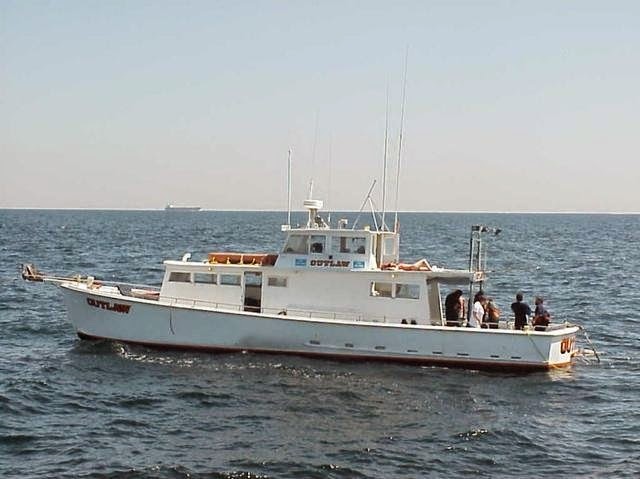I thought this was going to be a phony setup to take advantage of tourists. A couple of diving friends told me I should check it out, even if it was a tourist trap because it's still a cool dive.
Taking their advice, I signed up for the Stuart Cove Shark Dive when I was in the Bahamas last year, and found it totally worth the trip. This isn't my video, it's posted on YouTube by Stuart Cover Divers, but the quality is good and the footage is really clear.
I thought the dive would be a bit touristy, because if they do it several times a week, the shark's are pretty well trained. You know what: So What? How often do you get to dive with these huge creatures? And trained is a heck of a lot different then tamed. Let me share the advice that more experienced divers gave me:
If you have the opportunity, then go.
And keep your hands and fingers real close to your body.











